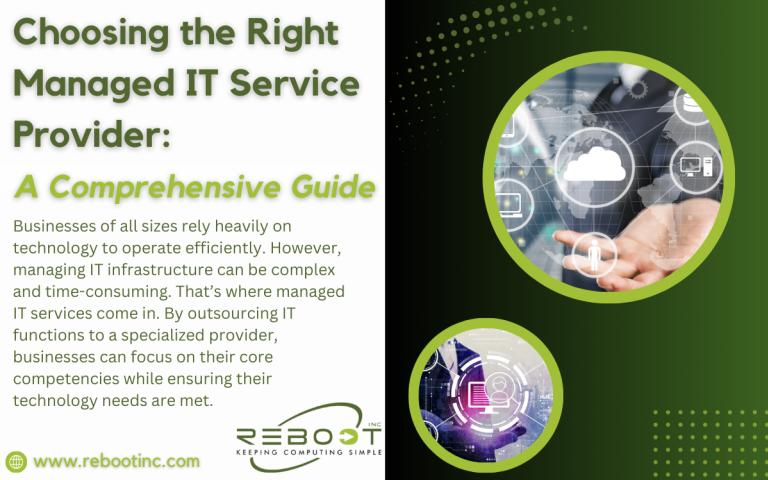Content syndication has become a vital
tool for marketers seeking to amplify their reach and drive more traffic to
their websites. However, merely distributing content across various platforms
isn’t enough. To maximize the benefits of content syndication, it's essential
to leverage analytics. By harnessing the power of data, you can refine your
strategies, target the right audiences, and ultimately, improve your return on
investment (ROI).
Understanding Content Syndication
Content
syndication involves republishing your content on third-party websites to reach
a broader audience. This practice helps in increasing brand visibility, driving
traffic, and generating leads. However, without a data-driven approach, you
might find yourself shooting in the dark.
Why Analytics Matter
Analytics
provide insights into how your syndicated content is performing. This includes
understanding which pieces are most popular, which platforms drive the most
engagement, and how your audience interacts with your content. By analyzing
these metrics, you can make informed decisions that enhance your content
syndication strategy.
Key Analytics Metrics to Track
1.Traffic
Sources: Determine which syndicated platforms are driving the
most traffic to your site. Tools like Google Analytics can help you track the
source of your website visits, allowing you to focus your efforts on the most
effective platforms.
2.Engagement
Metrics: Measure how audiences are engaging with your content.
Metrics such as time on page, bounce rate, and social shares can provide
insights into the quality and relevance of your content.
3.Conversion
Rates: Track how well your syndicated content is converting
visitors into leads or customers. This involves setting up conversion tracking
on your website to see how many visitors from syndicated sources complete
desired actions, such as filling out a form or making a purchase.
4.Audience
Demographics: Understand who is consuming your content.
Analytics tools can provide demographic information, helping you tailor your
content to better meet the needs and preferences of your audience.
5.SEO
Performance: Monitor how your syndicated content impacts your
search engine rankings. Tools like SEMrush or Ahrefs can help you track keyword
performance and backlinks generated from syndicated content, which are crucial
for improving your SEO.
Using Analytics to Refine Your Strategy
1.Identify
High-Performing Content: Use analytics to identify which pieces
of content are performing best. This information can guide your future content
creation efforts, ensuring you produce more of what resonates with your
audience.
2.Optimize
Content for Different Platforms: Different platforms may have
varying audience preferences. Analytics can help you understand these
differences, allowing you to optimize your content for each platform. For
instance, a detailed whitepaper might perform well on LinkedIn, while a more visual
and concise post could be better suited for Instagram.
3.Target
the Right Audience: By analyzing the demographics and behavior
of your audience, you can refine your targeting. This ensures that your content
reaches the people most likely to be interested in it, improving engagement and
conversion rates.
4.A/B
Testing: Use A/B testing to experiment with different content
formats, headlines, and images. Analytics can show you which variations perform
better, allowing you to continuously improve your content.
5.Leverage
Martech Tools: Incorporate marketing technology (martech) tools into
your analytics strategy. Martech platforms can provide deeper insights and
automate many aspects of your analytics, making it easier to track performance
and make data-driven decisions.
Case Study: A Tech Publication’s Success Story
Consider
a tech publication that used analytics to
enhance its content syndication strategy. By closely monitoring their traffic
sources, they discovered that their articles on emerging technologies were
particularly popular on certain syndication platforms. They adjusted their strategy
to produce more content on these topics and targeted the platforms that yielded
the highest engagement. Additionally, they used martech tools to automate their
analytics processes, saving time and ensuring accuracy. As a result, they saw a
significant increase in traffic, engagement, and conversions.
Conclusion
Using
analytics to improve your content syndication strategies is not just a smart
move; it's essential in today's data-driven marketing landscape. By
understanding your audience, tracking key metrics, and leveraging the right
tools, you can optimize your efforts and achieve better results. Remember, in
the world of content syndication, data is your most valuable asset. Use it
wisely to stay ahead of the competition and continually enhance your strategy.

















